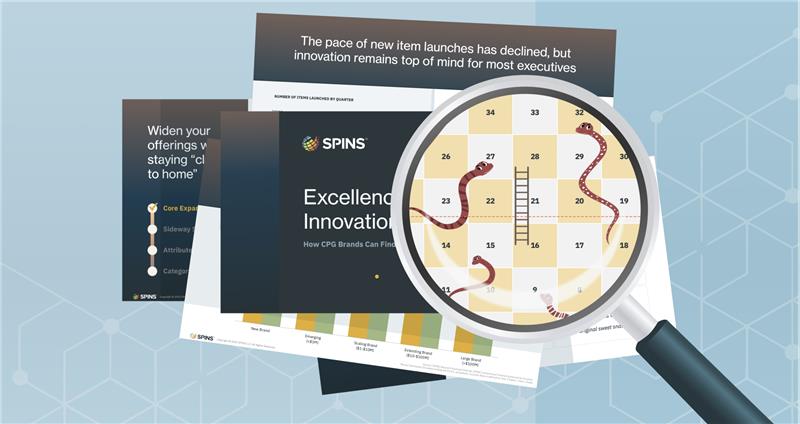Introduction
In the right hands, data has the potential to be one of the most powerful tools for a business. When you have the ability to dig into data to reveal the highs and lows of your business, you begin to uncover insights that can change how your business operates. Data proficiency is how you turn numbers into results, and it’s a skill that successful brands have mastered.
After helping thousands of brands grow and seeing what best practices all of the top players have in common, we’ve created a health check to help you assess your data proficiency.
1. Know your consumers and what motivates their behaviors
Your consumers are the driving force of your business; your marketing, distribution, and innovation cannot succeed without understanding who is buying your products. At a broad level, you want a demographics breakdown: Age, sex, location, household size, and other traits help you begin to build a consumer profile.
You also need to know the attitudes and behaviors driving purchases. Find out what are they searching for on shopping trips and why are they choosing your products. You also want to know what other brands they’re giving business to—and which ones you’re losing market share to. Use consumer data that dives into these granular but pivotal details to get a clear view of your customer’s journey.
2. Know your competitive landscape and key points of difference
No one knows your brand better than you, but when you’re talking with retailers and even in internal conversations, you want the data to back it up. Brands who can show their strength to retailers are the ones with great distribution and a strong shelf presence, and that comes from having the right data. These top brands rely on quantifiable metrics to show what is driving growth in their channel, how they perform within their category, how they stack up against the competition, and why they are uniquely positioned to succeed. This is where data proficiency helps successful brands show their strength today and their growth potential.
3. Establish effective consumer-aligned retailer relationships and in-store execution
Partnering with the right retailers can make all the difference in your business—from a successful launch to the right promotions. To make that happen, successful brands often approach retailers whose business aligns with theirs.
To do this, the brand has to understand the retailer’s business goals, and then build a case (in the form of a winning pitch) for getting products on their shelves. If you follow this path and earn a spot in their inventory, you can have ongoing conversations with retailers based on findings from data at each retail location you’re carried in. (this type of store level and key account data gives experienced brands insight into how well they’re doing… )This store level data tells you how well you’re selling, which specific locations are strong and weak for you, and how your pricing and promotional agreements are being executed.
4. Understand the omnichannel pricing landscape
Top performing brands have a comprehensive overview of the market and know how they fit into it. That can be difficult to assess—even for the most mature brands. That’s why support from a data partner is often the best way to reveal these insights and turn them into an effective brand story. When brands know what’s happening across all channels, they start maximizing their dollars and seeing results.
One company who knows this well is HEX Performance, a growing laundry detergent company that’s innovating in a very competitive space. They needed every marketing dollar to have a clear, quantifiable outcome. With 60% of laundry detergent purchases coming from large outlets, the HEX team knew the needed wider distribution that put their products in front of more customers. With help from SPINS, they crafted a new sell story that focused on incremental sales and displayed an understanding of the market and their customers. It changed how they could talk to retailers and ensured their marketing efforts saw measurable return.
5. Build cohesive omnichannel strategies
With so much data to look at across retailers and partners, you can feel overwhelmed. Effective brands streamline their data sources so everyone can rely on the same information and align on goals and visions. Because so many conversations will be happening with a variety of stakeholders and teams, find data tools that let you export and share easily.





